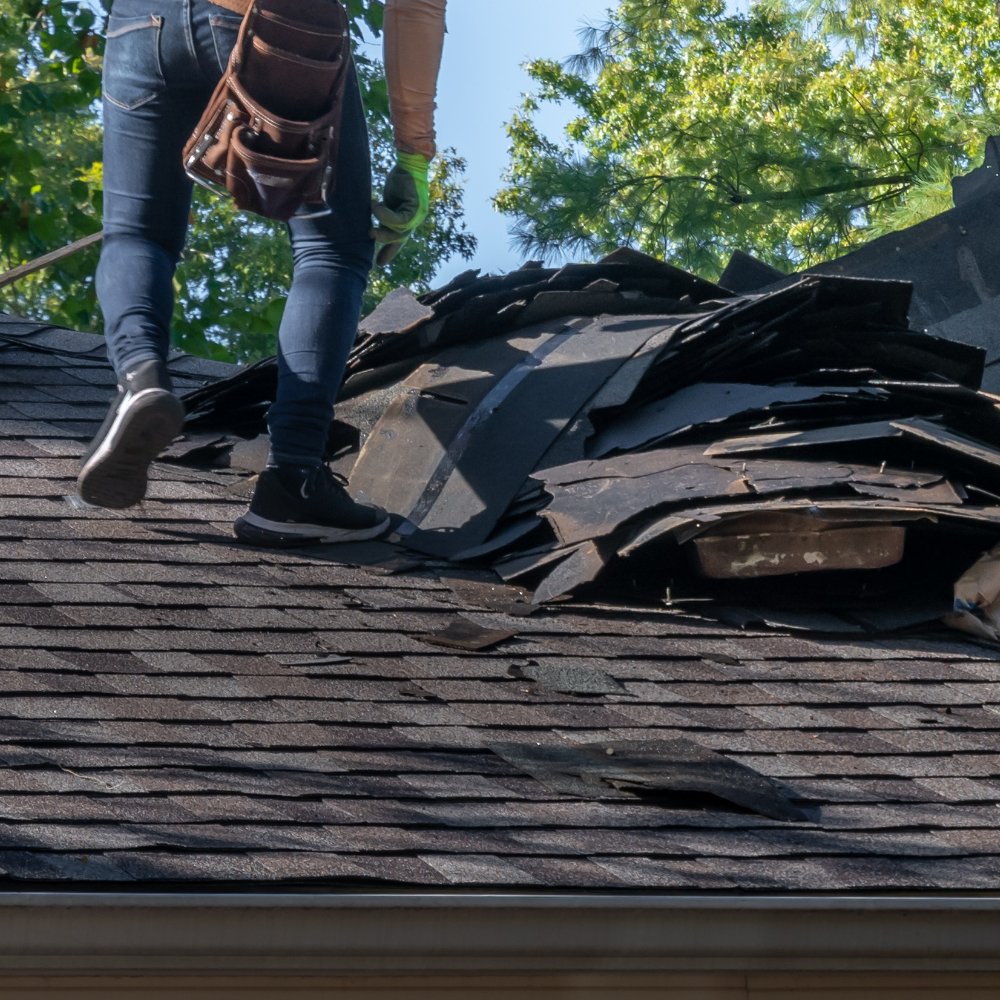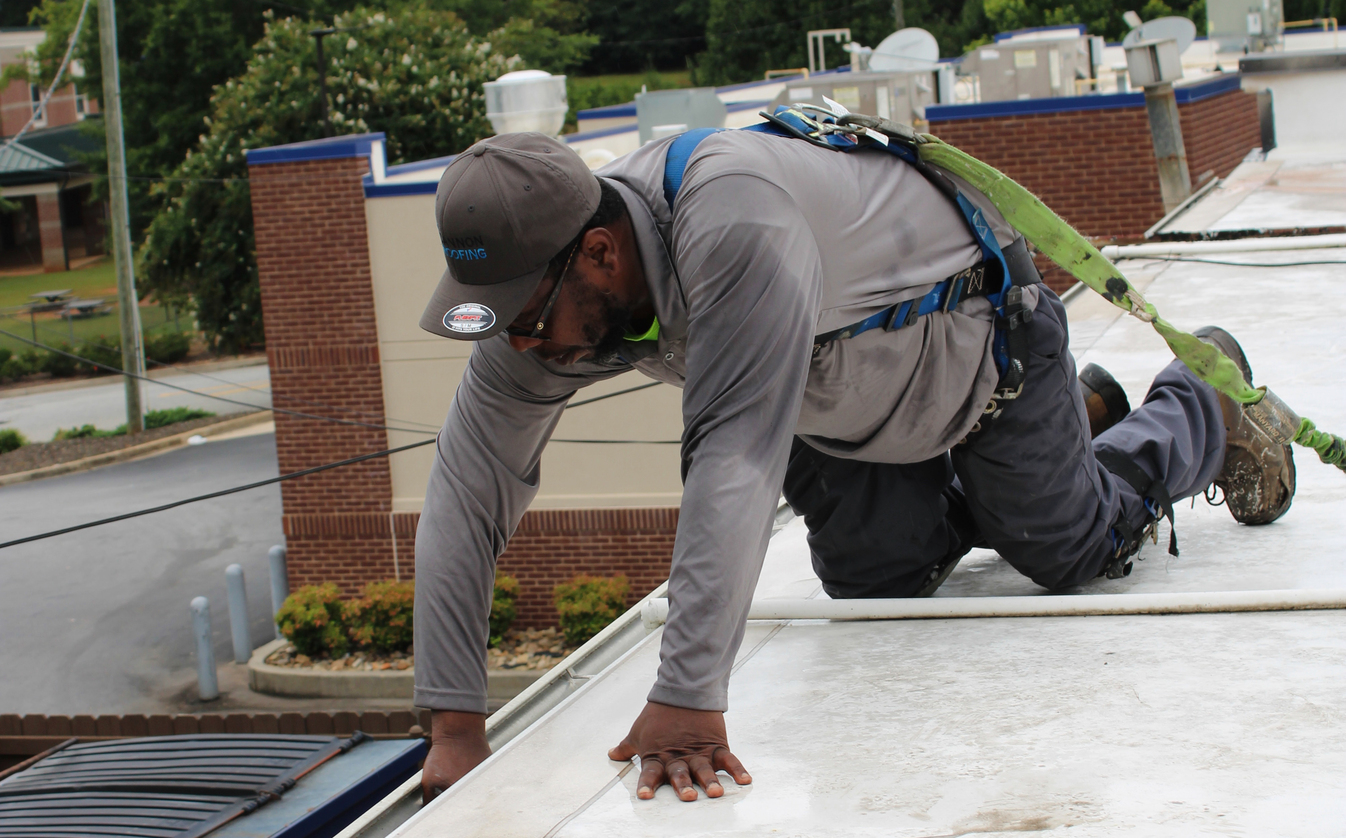Trusted and Knowledgeable Team at Northeast Ohio Roofing Contractors for Any Type Of Roof Covering Needs
Trusted and Knowledgeable Team at Northeast Ohio Roofing Contractors for Any Type Of Roof Covering Needs
Blog Article
A Comprehensive Guide to the Installation Process of a Skylight Roofing
The installment of a skylight roof is a multifaceted process that needs careful planning and execution to guarantee ideal performance and aesthetic allure. Recognizing the nuances of structural integrity and waterproofing is critical, as these factors directly affect the long life of your skylight.

Comprehending Skylight Types
When thinking about a skylight installment, it is important to comprehend the numerous types readily available, each developed to meet different aesthetic and useful requirements. One of the most typical kinds of skylights consist of taken care of, vented, tubular, and operable models.
Fixed skylights are non-opening devices that serve primarily to give natural light and boost interior areas. Northeast Ohio Roofing Contractors. They are excellent for areas where ventilation is not a concern. Vented skylights, on the various other hand, include a device that permits them to open up, assisting in air flow and reducing humidity levels. These are specifically valuable in restrooms or kitchen areas.
Tubular skylights are compact and created to catch sunlight through a small dome on the roofing system, channeling it down a reflective tube into the living room. This type serves for smaller sized areas or areas that require additional light without endangering ceiling height. Last but not least, operable skylights integrate both all-natural light and ventilation, making them functional in various settings.
Each skylight kind uses distinct advantages, and the selection depends on variables such as the planned usage of the space, regional environment, and building design. Hence, understanding these options is essential for making an educated choice.
Planning For Installation
Selecting the proper kind of skylight is simply the start; adequate preparation for installation is crucial for making certain an effective job. Before initiating the installation process, it is important to analyze the structural stability of the roof covering where the skylight will certainly be set up. This includes checking for any kind of signs of damages, such as rot or leakages, which might lead and endanger the installment to future problems.
Following, it is important to prepare the location of the skylight very carefully. Think about elements such as sunlight direct exposure, possible obstructions (like trees or bordering buildings), and the general aesthetic appeals of the space. Noting the area clearly will help in picturing the outcome and aid protect against mistakes during setup.
Furthermore, reviewing regional building ordinance and obtaining necessary permits is important to make certain compliance with policies. This action will certainly help avoid prospective fines and make sure the safety and legality of the installation.
Tools and Materials Needed
An effective skylight installation requires a specific collection of products and devices to guarantee precision and performance throughout the procedure. Vital tools include a tape measure, degree, circular saw, and utility blade, which are critical for accurate dimensions and cutting. A drill and suitable drill bits are needed for creating openings for installing braces, while a hammer and nails or screws are needed for safeguarding the skylight in position.
In enhancement to tools, several products are essential for a proper setup. The skylight device itself must be chosen based on the size and kind appropriate for the roof covering. Blinking sets, which include metal items created to prevent water leakage, are crucial for ensuring a watertight seal. Roof covering concrete and caulking are also required to give added waterproofing around the skylight edges.
Safety and security equipment, such as handwear covers, goggles, and a construction hat, need to not be neglected to safeguard versus possible hazards during the installment. Tarpaulins or go down towels can be beneficial to capture debris and safeguard the interior of the area listed below. Jointly, these products and tools lay the structure for an effective skylight setup.
Step-by-Step Installation Process
Successfully installing a skylight involves a methodical strategy that makes certain both functionality and aesthetic appeals. Begin by marking the wanted location on the ceiling, guaranteeing it lines up with the architectural parts of the roof covering. Next off, reduced an opening that represents the dimensions of the skylight frame, taking care to stay clear of any type of electrical like this wiring or pipes.
Once the opening is prepared, install blinking around the boundary to divert water away from the skylight. Position the skylight into the opening, ensuring it rests flush with the roofline.
Following, use roofing cement along the edges of the skylight and around the blinking to develop a leak-proof seal. Mount the interior trim to cover any type of revealed sides and to offer a completed appearance inside the home. Finally, examine the setup for any voids or flaws that could bring about leakages. Effectively inspecting the skylight guarantees longevity and enhances its aesthetic appeal, providing a beautiful resource of natural light for many years ahead.
Finalizing and Preserving Your Skylight
After the setup of your skylight is full, it's important to finish up the process by ensuring that all finishing touches are used and proper upkeep regimens are established. Begin by evaluating the inside and outside seals for any kind of gaps or variances that might bring about leaks. Proper sealing is vital for the durability of your skylight.
Following, tidy the glass surface with a gentle, non-abrasive cleaner to preserve quality and boost natural light infiltration. Prevent harsh chemicals that might harm find the structure or seals. Frequently look for debris buildup around the skylight, as this can result in drainage problems and might call for routine cleaning.
Establish a maintenance timetable, preferably every 6 months, to evaluate the condition of the skylight. Seek signs of wear, consisting of wear and tear of seals or structure materials. Address them immediately to protect against additional damages. if you see any issues.
Final Thought

The setup of a skylight roofing system is a diverse process that calls for meticulous planning and execution to make sure ideal efficiency and visual charm.Choosing the appropriate kind of skylight is simply the start; sufficient prep work for setup is important for making sure an effective project.An effective skylight installment needs a certain set of materials and devices to make sure precision and efficiency throughout the top article process.After the installment of your skylight is total, it's essential to wrap up the process by making certain that all completing touches are used and appropriate upkeep regimens are established. Making certain structural integrity, appropriate blinking installment, and a watertight seal are essential for the skylight's performance and longevity.
Report this page